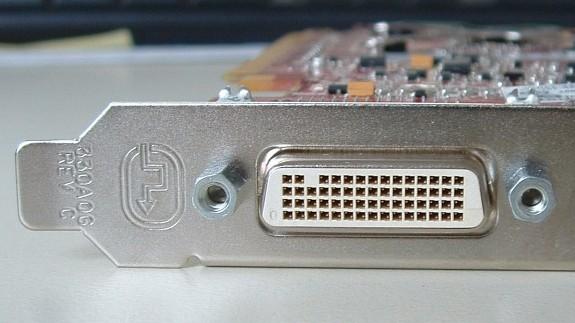Introduction
DMS-59 is a 59-pin display interface. It can provide two DVI-I channel outputs within the size of an interface. This high-density feature makes it often appear on some low-profile graphics cards. You can connect two DVI ports from DMS-59 or use a special cable to convert to analog VGA ports. The interface is 4 pins high and 15 pins wide. There is a missing pin on the upper left side, totaling 59 pins. The periphery is trapezoidal, with thumbscrews on both sides.
The DMS-59 interface is used by some graphics card manufacturers such as ATI, NVIDIA and Matrox on the graphics cards installed in workstation computers. Such a graphics card may not have a built-in DVI interface on the graphics board, but it still says "support DVI output" in the promotion.
The predecessor of DMS-59 is the Low Force Helix interface introduced by Molex. This interface has the same external structure, but the Low Force Helix interface has a pin (Pin 58) that DMS-59 lacks. So there are 60 stitches in total.

See
DVI, commonly used graphics interface.
VGA terminal, a D-shaped 15-pin connector, also called D-sub.
HDMI, high-definition multimedia interface, the next generation interface that is becoming popular.
Low Force Helix, the predecessor of the DMS-59 interface.
CrossFire, ATI's dual-card interconnection technology, the first generation of products use DMS to connect.
